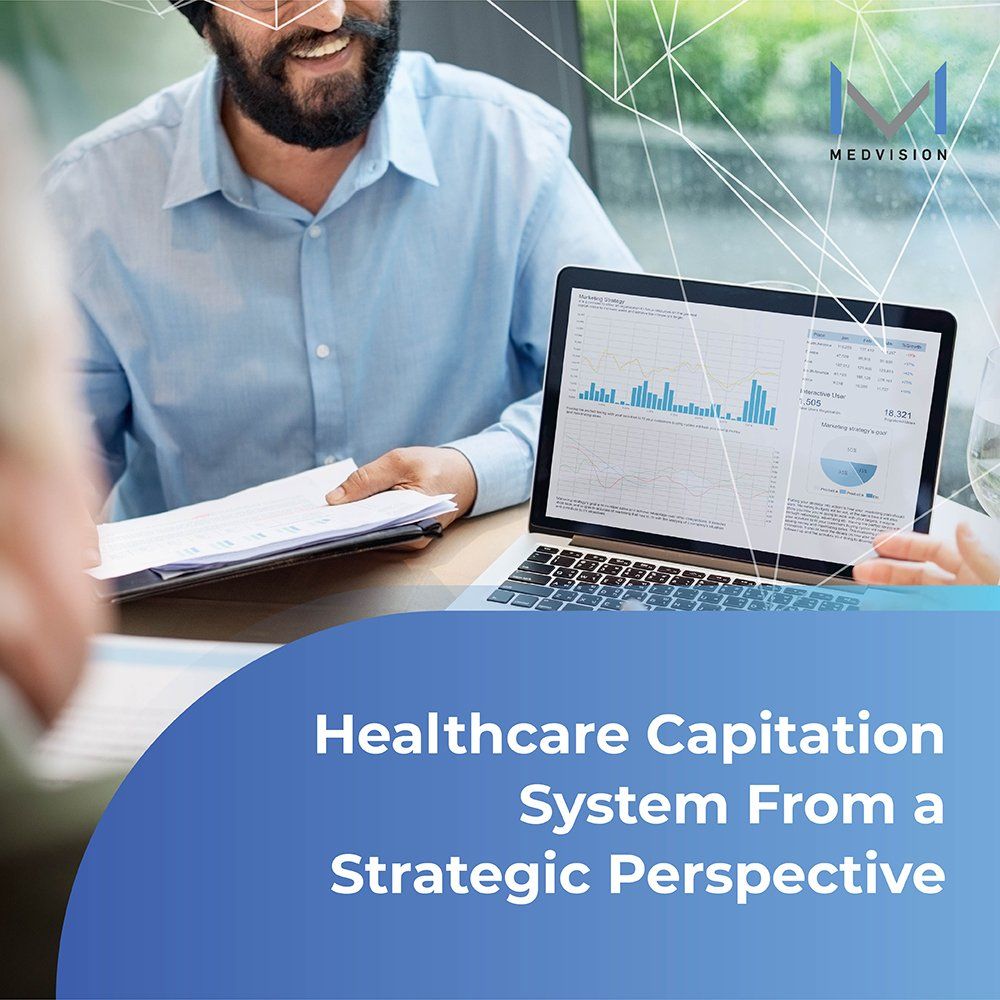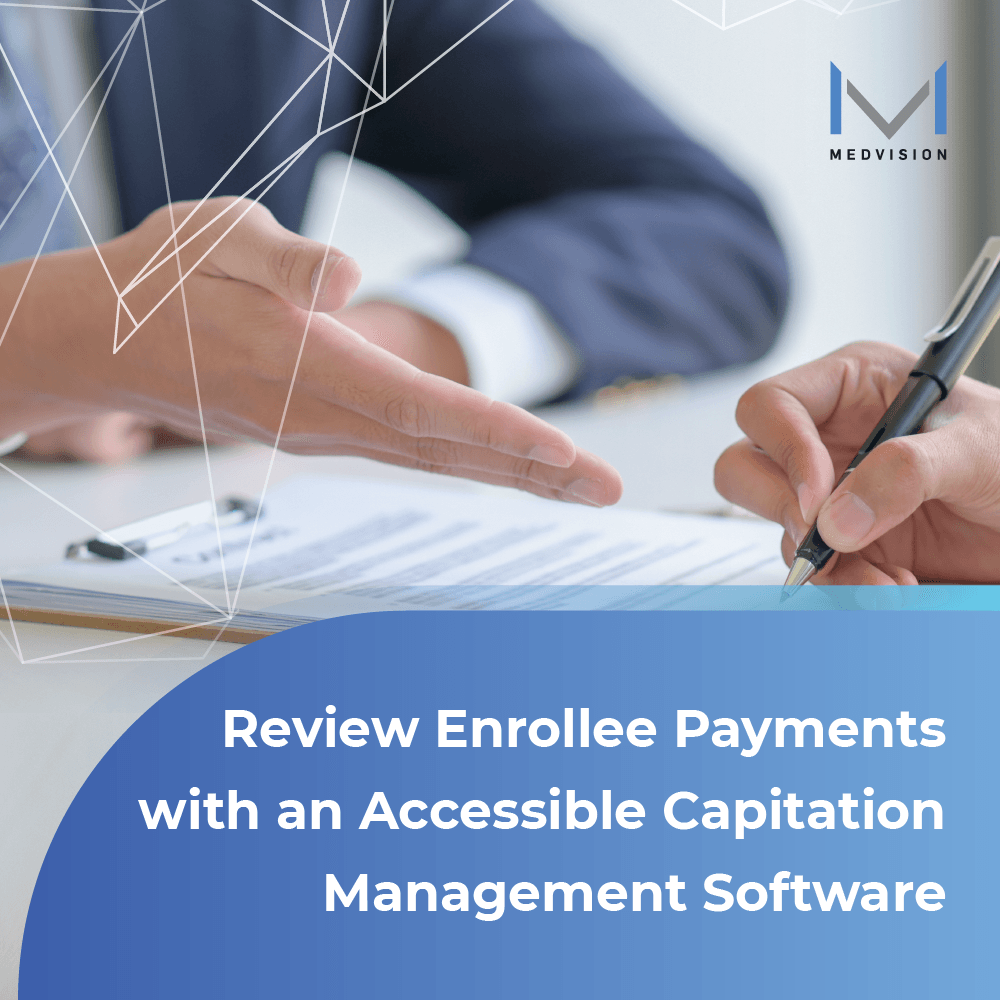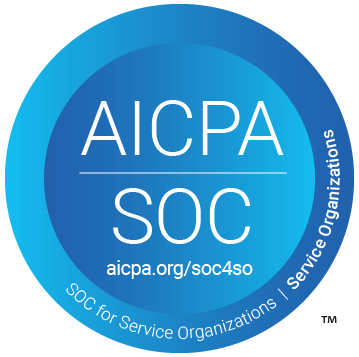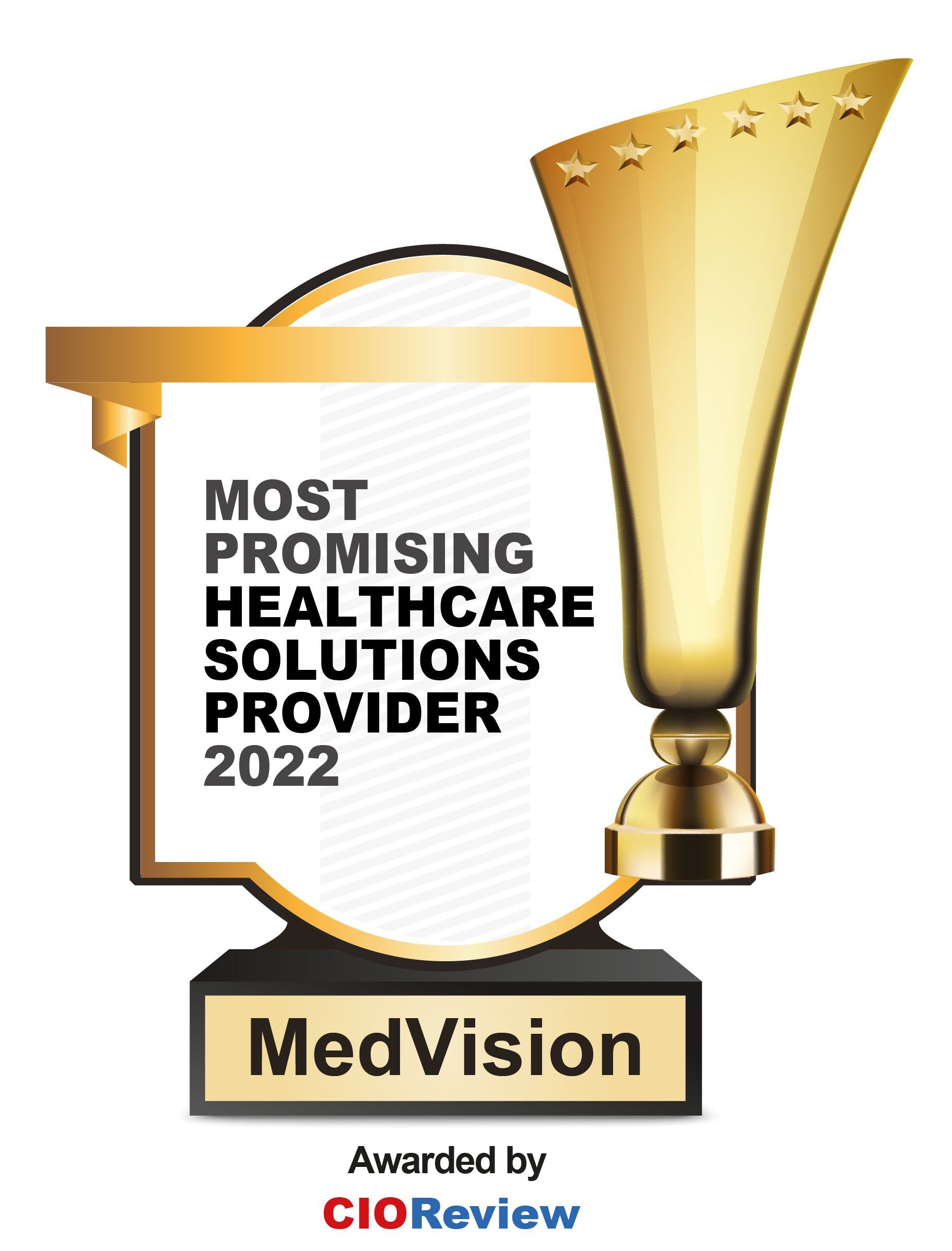Issues Facing Capitation, Healthcare, and Your Organization
The most recent addition to the healthcare industry's roster of businesses providing alternative payment models (APMs) for enhanced quality of care is Direct Contracting Entity (DCE). To gain support from many sectors of the healthcare industry, DCE offers an enhanced alternative to traditional programs.
In comparison to value-based contracts, direct contracts are preferable because they offer providers more freedom from FFS models. With DCEs, medical offices may take better preventative measures for their patients while still receiving adequate funding to deliver the services and treatment they need.
The Beginning of the Capitation Healthcare Program
In the first Performance Year (PY2021) of the Global Professional Direct Contracting (GPDC) Model, the Center for Medicare and Medicaid Innovation announced on April 1, 2021, the list of the 53 authorized direct contracting firms that would participate. Additionally, CMMI is no longer taking submissions for the 2022 GPDC Models.
Some hospitals and clinics are at a loss as to what to do during the pause in applications. It was expected that some healthcare organizations, such as Next Generation Accountable Care Organizations (NGACOs), will transition to the direct contracting model after their performance years concluded in 2021. There are only a few paths forward that are still transparent for the selected healthcare organizations until CMMI provides additional information about its judgments and intentions for the future.
What are the Potential Implications for Value-Based Care?
Because of how hard it is to switch from delivering care based on volume to delivering care based on value, there are a lot of different healthcare options and ways to do things. The temporary delay in accepting new DCE applications can be used in a productive way. With different models and programs available, healthcare organizations and professionals can use the time to evaluate their current and future plans.
A Note for Those Organizations Already Engaged in Direct Contracting
Accepted DCEs for PY2021 will have the best success with this framework. Because DCEs are so meticulous in selecting high-performing providers, they are in a prime position to deliver compelling value recommendations to their preferred healthcare partners. High-value care is delivered in this way, improving health outcomes and patient happiness.
In the meanwhile, practicing DCEs should consider ways to further streamline their operations by using new technologies and other cutting-edge healthcare solutions. They'll be able to increase their output using this.
Future DCEs: Some Advice
Those healthcare providers who were not accepted into the model might use the extra time to improve their current strategies. Alternatives, such as enrolling in a Medicare Shared Savings Program (MSSP), might be considered while preparing for the potential expansion of higher-risk services. Examining programs that can still be run under the MSSP paradigm and putting them through simulated network operations might help healthcare companies understand more about potential dangers.
During the temporary pause in DCE submissions, healthcare companies can investigate the potential effects of implementing strategic healthcare solutions on their care delivery processes. Healthcare companies may better adapt to unforeseen challenges and unforeseen opportunities with this method's help.

Mitigating the Risks of Healthcare Organizations
Numerous healthcare businesses can benefit greatly from the CMMI's array of APMs. A shift toward value-based care and care delivery, which can improve patients' health and length of life, is greatly aided by healthcare organizations like DCEs.
Many DCEs struggle with streamlining their workflow procedures due to the complexity of healthcare operations including case management, care coordination, and claims processing. When there are hiccups in the system, patients may have to wait longer than required to receive treatment, which can have negative effects on their health.
Many direct contracting organizations have found that MedVision's Direct Contracting Entity - Operating Software (DCE-OS) is a great fit for their unique needs and requirements, resulting in improved healthcare workflows . DCE-OS is a healthcare solution designed to get your DCE up and running in 30 days or less. It achieves this by streamlining formerly laborious steps in the healthcare industry, such as permission processing, contracting, claims adjudication, and more.
Explore Related Blogs
Recently published articles
Keep in touch
Subscribe to get the latest update
Trending topics
Share your insights on social media
Upcoming events and company news



















